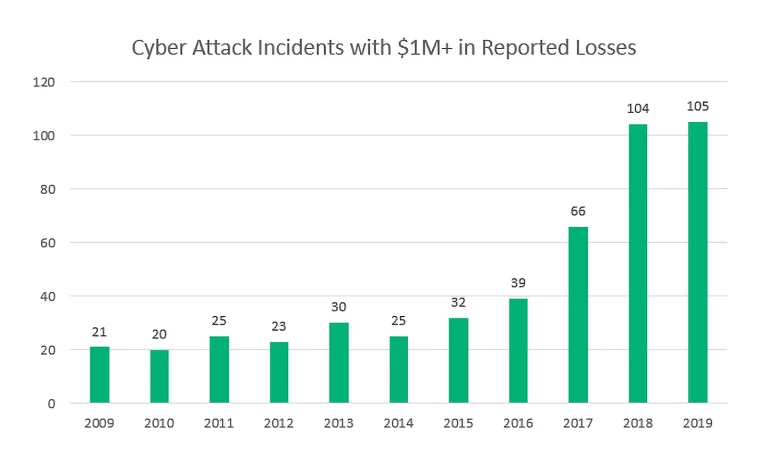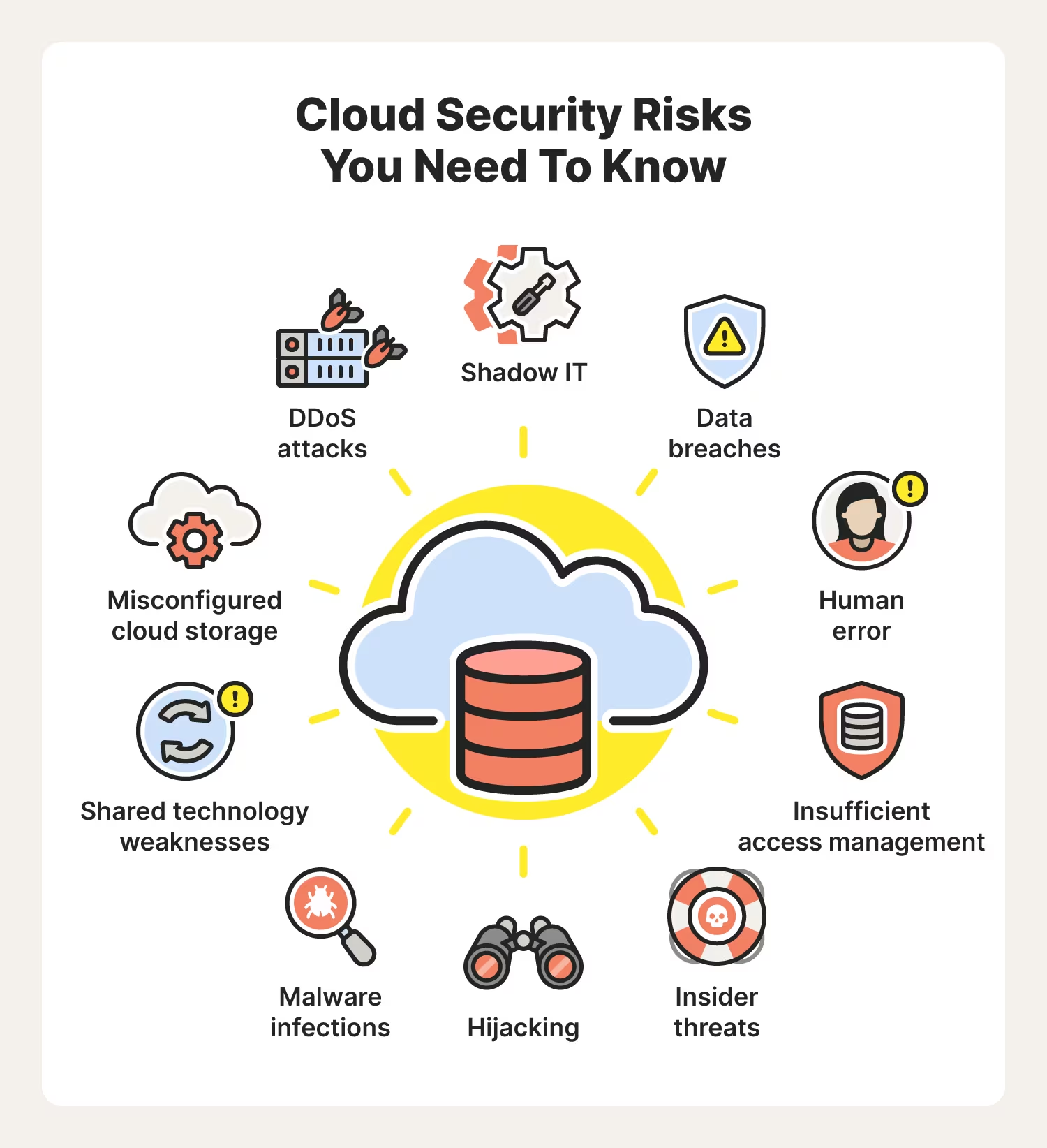Ronald McDonald, Mayor McCheese, and Grimace have all been busy these last few years. McDonald’s has been accelerating its efforts at being a more data-driven company. In 2019, the fast-food chain spent hundreds of millions of dollars to acquire technology companies that specialize in AI and machine learning and created the McD Tech Labs full of engineers and data scientists.
Tech-related upgrades are seen in the drive-through lane where menu boards are digitized to market items by factors such as time of day, weather, and length of the wait. For example, algorithms of data may find that on a summer day it is best to promote a refreshing soda versus a hot coffee.
McDonald’s isn’t the only business getting happy from data-driven Happy Meal orders. Companies such as Netflix, Amazon, and Facebook are also leading the pack. A survey of C-suite executives at 85 Fortune 100 and industry leading firms – including McDonald’s – found that 99% invest in data and AI.
Establishing a data-driven culture is not without its challenges and many organizations struggle with legacy data environments or traditional cultures that are hesitant to change. The root of these issues is cultural, not technological. For the fifth consecutive year, executives surveyed said that cultural challenges represent the biggest impediment to the successful adoption of data initiatives and the biggest barrier to realizing business outcomes.
Defining Data Culture
Data culture has many interpretations and versions can vary by geography and type of company. The most common definition is that it refers to an organizational culture that prioritizes data-driven decision-making. It is a set of collective beliefs and behaviors that shape an organization’s capabilities to turn data into information, knowledge, and insights that propel decisions and actions. Data is woven into the business’s fabric and is used to define its identity, mindset, and operations.
There are three main capabilities that make up an organization’s data culture. Data search and discovery is helping employees find the data they need to make decisions. Data literacy is ensuring the ability of teams to correctly interpret and analyze data. Data governance involves making sure the data is properly managed and used in the right way.
Having the appropriate data culture is the foundation to becoming a data-driven organization. Companies infusing data into their culture are seeing positive results including increased revenue, improved customer service, and best-in-class operating efficiencies. Those companies who put data on the back burner are realizing the negative consequences. Ninety-seven percent of data leaders report that ignoring data has led to either missing out on new revenue opportunities, poorly forecasting performance, or making bad investments.
The Security Risks of Data Culture
Having all that data that makes up data culture opens an organization to security risks. Companies must have a plan in place to respond if their data is breached by cybercriminals or else risk damage to its reputation or loss of customers’ trust. Two areas to center security measures on are data governance and human error.
Data governance is the process of managing the availability, usability, integrity, and security of the data in enterprise systems. An organization must have strong standards and policies in place for its data storage, usage, maintenance, and other ways that are specific to the business. They need compliance with data privacy and protection laws including the European Union’s GDPR and the California Consumer Privacy Act (CCPA).
Since digital assets are so interwoven into a company’s data culture, it is likely that human error will be a risk. A recent report found that 88% of data breaches are caused by human error. The fast-paced cultures of many companies quick to make data-driven decisions is a contributing factor to employees mistakenly clicking on phishing emails. Eighty-five percent of employees in the tech sector and 77% in the financial sector agree there is an expectation in their organization to respond to emails quickly.
Building a Secure Data Culture
These are some considerations for shaping a secure data culture in an organization. Use these as the basis and then customize them to align with the specific needs of your business.
- Start at the top with the CDO: A report from Gartner about forging a data-driven organization recommended establishing clarity for the CDO’s role and purpose by defining and advocating the role’s vision, priorities, and scope. Gartner’s fourth annual CDO survey found that attending to a data-driven culture is, as in past years, most critical to CDO success. The CDO should be positioned as the “chief data influencer” to enable change throughout a company.
- Create a data culture center of excellence (CoE): Having a centralized knowledge bank for training, certification, and expertise empowers individuals. They can learn and spread those learnings across their teams which will reduce human error and ensure better data governance. Follow the FAIR principle that workplaces should have data that is findable, accessible, interoperable, and reusable.
- Develop data literacy: A data literacy survey by Accenture of more than 9,000 employees in a variety of roles found that only 21% were confident in their data literacy skills. Make sure the same language around data is being spoken among an entire organization. For example, define terms that are often used interchangeably such as machine learning and AI. Think beyond just terminology so employees are numerically and graphically literate as well.
Cyberlocke is a comprehensive, full-service IT services provider that architects and implements efficient and secure solutions for enterprise customers and their data centers. We specialize in security, cloud, managed services, and infrastructure consulting. Contact Us today to learn more.


